The growth of the U.S. EV market may be slowing for the auto industry overall, General Motors sales were charged up, according to CEO Mary Barra, who said the automaker had its “best month ever” in May. But the automaker is still ready to adjust its electrification plans.
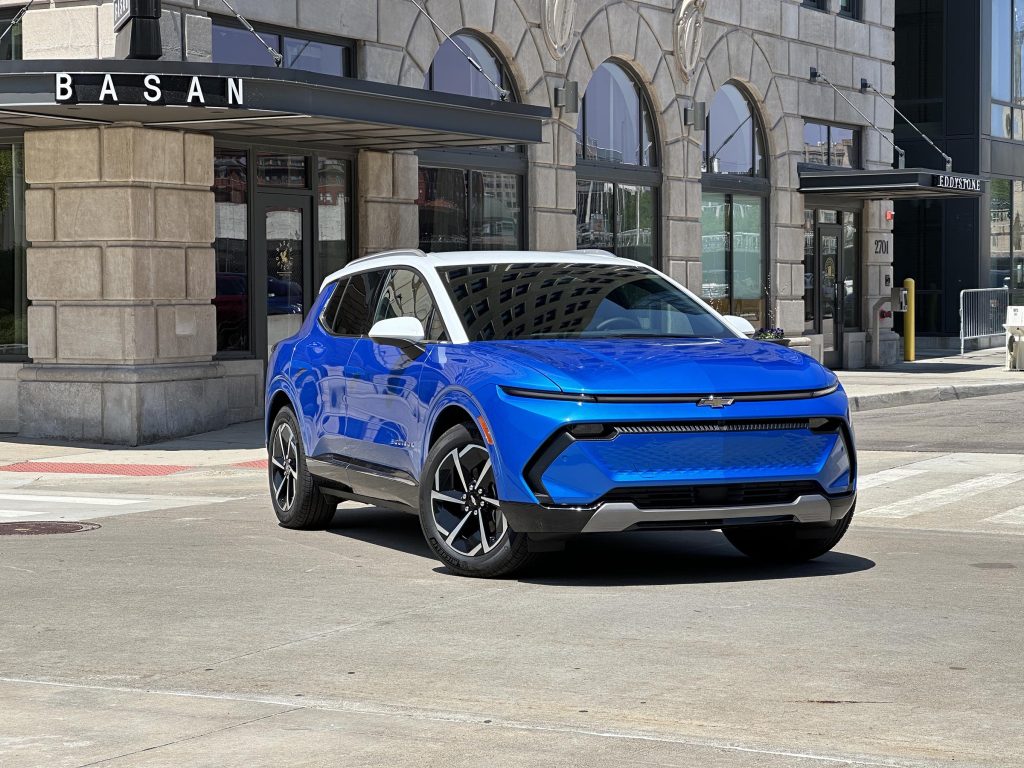
General Motorsrevealed that its EV sales were on track for May despite a broader slowdown in the EV market
With problems apparently resolved with several of its battery-electric vehicles, and still more models coming to market, CEO Mary Barra is charged up about General Motors’ performance in the EV market.
The automaker had its “best month ever for EV sales in North America” during May, Barra told shareholders during their annual meeting – though official numbers won’t be disclosed until the beginning of July since GM only releases sales on a quarterly basis.
The CEO’s comments come at a critical time for the Detroit automaker as it – like the rest of the industry – is coming under increasing pressure to rethink the level of its commitment to all-electric models. Barra continues to say GM is “on a path to an all-electric future” by 2035. But she has now confirmed plans to add some plug-in hybrids, starting in 2027, and emphasized GM’s continuing plans for vehicles using internal combustion engines over the next decade.
A bad start to the year
GM’s EV numbers were anything but impressive up until recently. It fell far short of original projections in 2023. And it actually saw a 21% year-over-year decline, to just 16,425 EVs sold during the first quarter over 2024. To put that into perspective, all-electric models accounted for a meager 2.8% of the automaker’s total sales for the first three months of this year. That was down from 3.4% during the same period in 2023. The entire industry, meanwhile, came in at around 8% during Q1 2024.
A variety of things went wrong for GM:
- For starters, it phased out its two best-sellers, the Chevrolet Bolt EV and Bolt EUV. Replacements – which will get a ground-up makeover — won’t arrive until 2025;
- The bigger Chevrolet Blazer EV, based on GM’s new Ultium technology, was hit by a stop/sale due to a variety of issues, including both battery and software problems;
- Troubles also forced a slower roll-out of several other models, including the retail version of Chevy’s Silverado EV and its Equinox EV.
Getting the problems under control
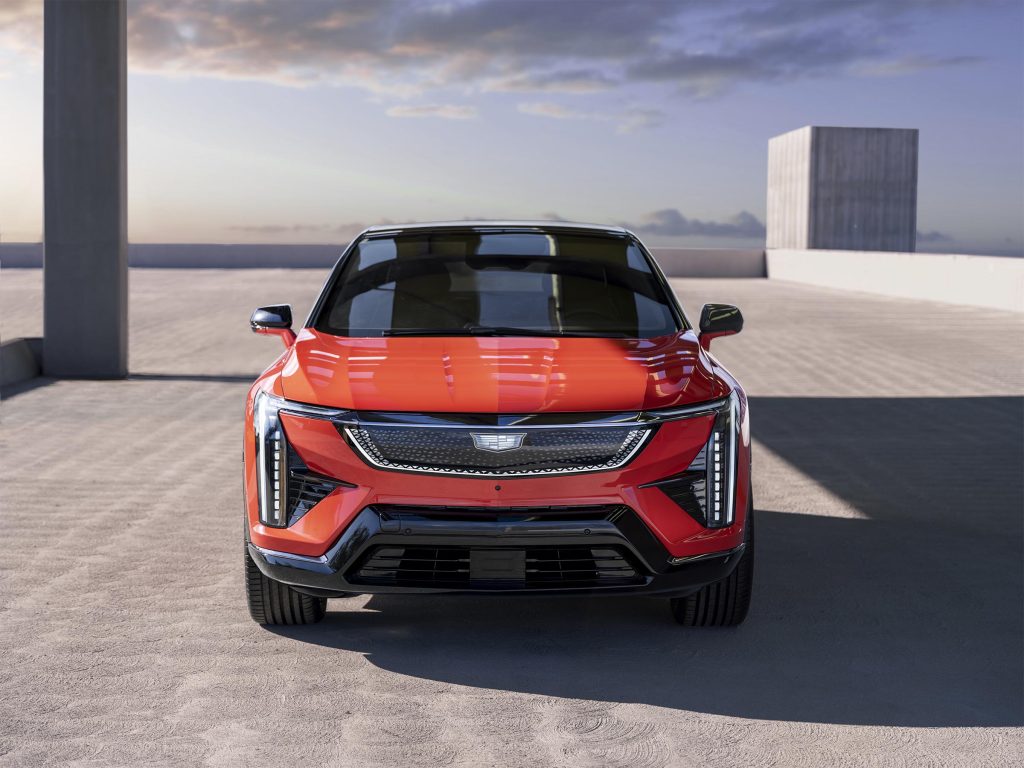
The 2025 Cadillac Optiq draws inspiration – and many key components – from the bigger Caddy Lyriq EV.
The first quarter wasn’t all bad, however.
After dealing with its own battery and software problems, as well as supplier-caused delays, demand surged for the Cadillac Lyriq, the luxury brand’s first all-electric model. Sales rose fivefold during the first quarter, to a record 5,800, as production volumes increased and an all-wheel-drive version became widely available.
Collectively, GM delivered 9,385 EVs based off its new Ultium technology during the first quarter, a nearly 1,000% jump. That still fell well short of prior forecasts. But things were tracking in the right direction, with each month gaining momentum, Caddy’s global boss John Roth told Headlight.News during an exclusive interview following the launch of its next EV, the entry-luxury Optiq.
According to Roth and several insiders, most of the supply chain issues have been resolved. That includes internal challenges at the Ultium battery plant in Lordstown, Ohio. And new software updates appear to be working their magic, resolving issues that had forced the Blazer stop/sale by causing some to unexpectedly shut down while being driven.
More EV News
- Here are the 40+ EVs Coming to Market in 2024
- New 2025 Honda CR-V e:FCEV Gets the Automaker Back into the “Hydrogen Economy”
- First Drive: 2024 Chevrolet Equinox EV – An Affordable, Long Range Option
May back on track
While its unclear how close GM will come to earlier forecasts for EV sales, May was a clear step in the right direction, according to various sources, including Barra.
It helps to get substantially more of the critical key components, starting with Ultium batteries, which are now starting to roll out of a second plant. Even more critical, GM is rolling out more new models, such as the retail version of the Silverado EV and the Equinox EV. The impact of those models will really begin to be felt during the second half of 2024, along with the arrival of the Cadillac Escalade EV, Optiq and Celestiq, the latter a largely hand-built, $300,000 halo model.
Then GM will follow with a new Bolt line set to become its most affordable EV. The base price is expected to be in the low-mid $20,000 range after factoring in federal tax credits, making it one of the most affordable EVs on the market.
Flexibility will be key
“We believe we have the right products and strategy to win with customers to grow our volume and market share, Barra told shareholders.
But not everyone was convinced. The CEO faced sharp questioning from some who attended the annual meeting. That reflected growing skepticism about EV demand – and her all-electric path, in particular.
After growing eightfold between 2019 and 2023 – last year hitting a record 1.1 million sales – the pace of EV demand growth has slowed sharply. It ran about 9% during Q1, with Guidehouse Insights, J.D. Power and others forecasting it should reach 10% for all of 2024.
Barra told attendees that “if the EV market develops more slowly than expected in the near term, we will be nimble to adjust our production to demand.”
Plug-ins
Late last year, Barra revealed plans to add some PHEVs to GM’s line-up and has now said the first will arrive around 2027. She has offered no indication of what products will get a plug-in option but it’s widely expected GM is focusing on larger vehicles, like a Chevrolet Tahoe or GMC Sierra, where owners often carry heavy payloads and haul large trailers.
GM isn’t the only automaker looking at such alternatives. As Headlight.News reported last week, The Jeep brand plans to have six different drivetrain technologies available, including both PHEVs and so-called range-extenders. The latter technology actually will debut for 2025 as an option on the all-electric Ram 1500 Ramcharger and then be added to Jeep’s Wagoneer line.
Other manufacturers are also rethinking their EV plans, including Ford, where CEO Jim Farley has delayed some all-electric models even while approving new hybrids. But Ford offers another sign of optimism about the EV market. Even though it’s had to trim back production, notably with its F-150 Lightning, it saw a 64% increase in all-electric sales during May.

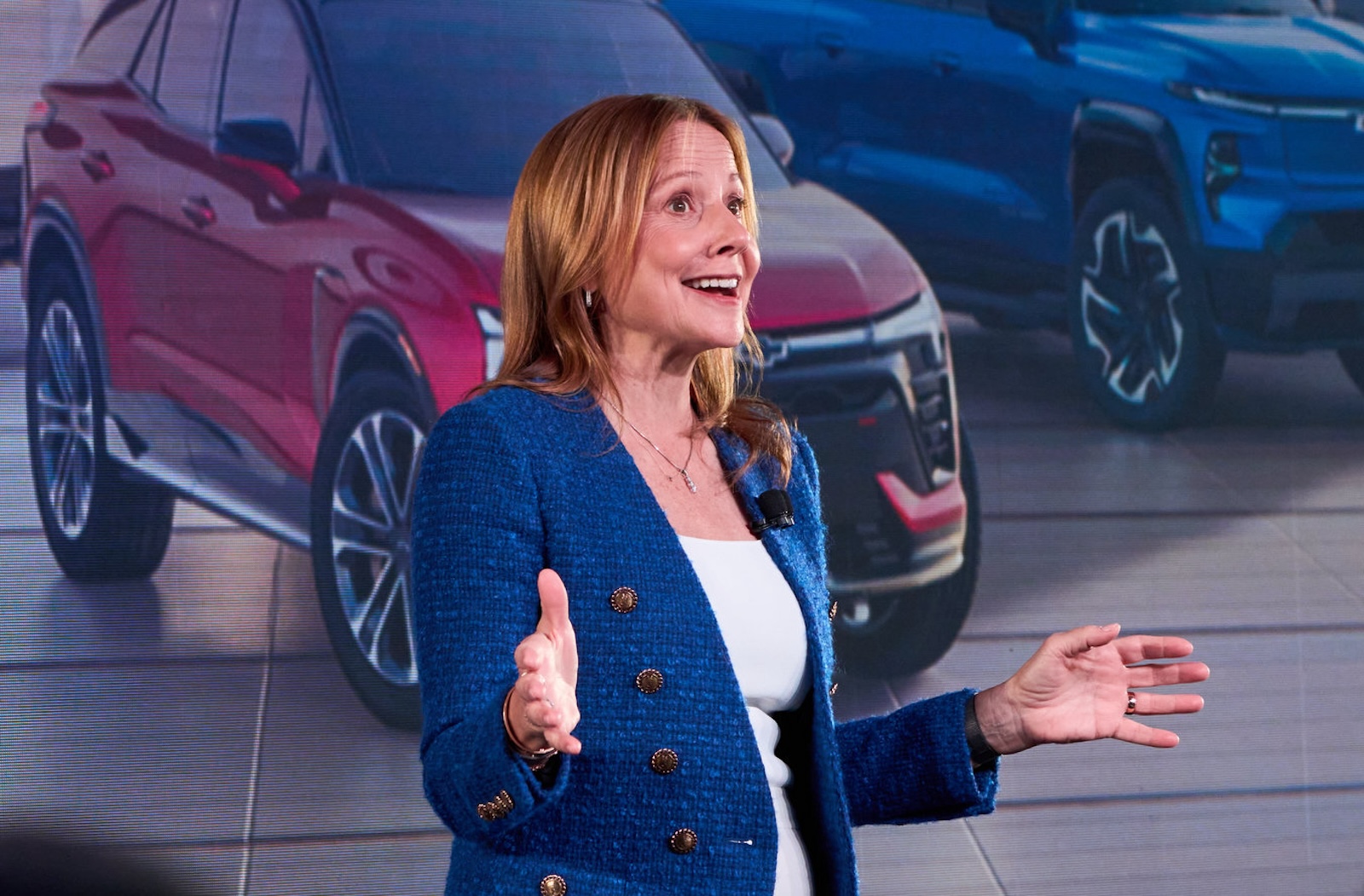
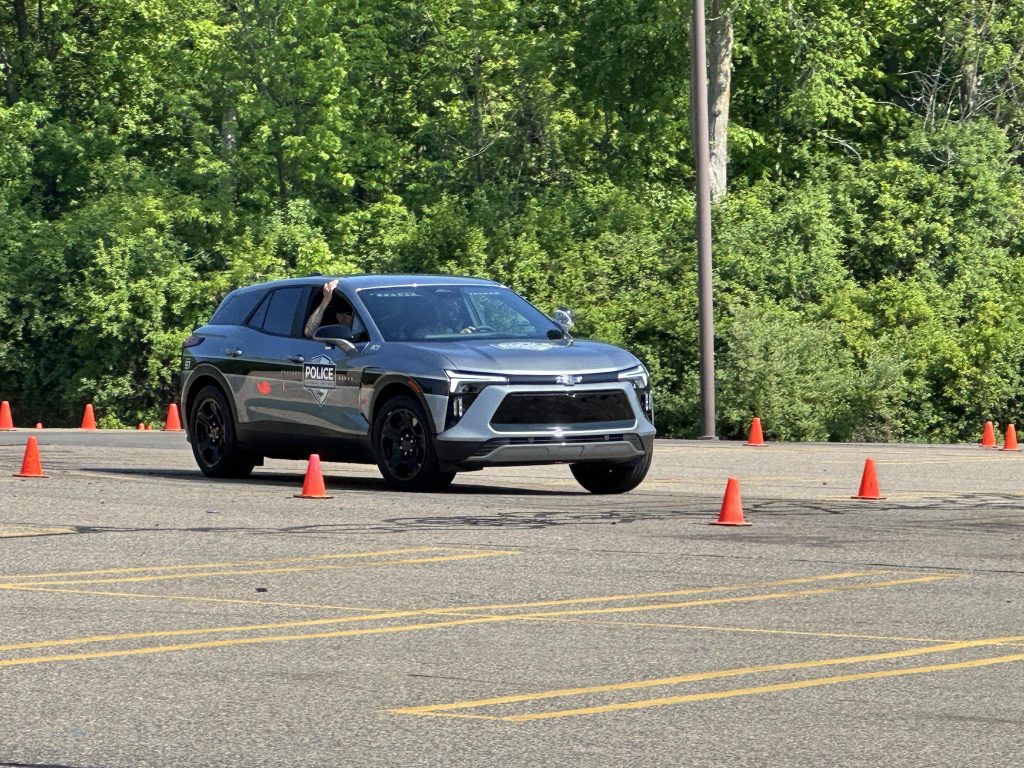
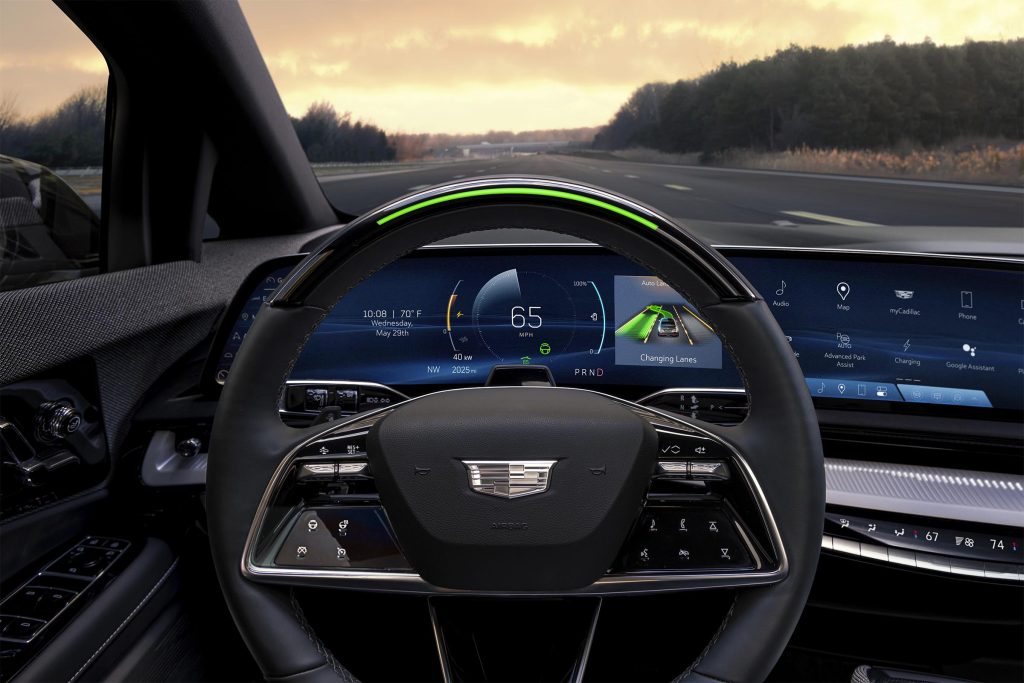

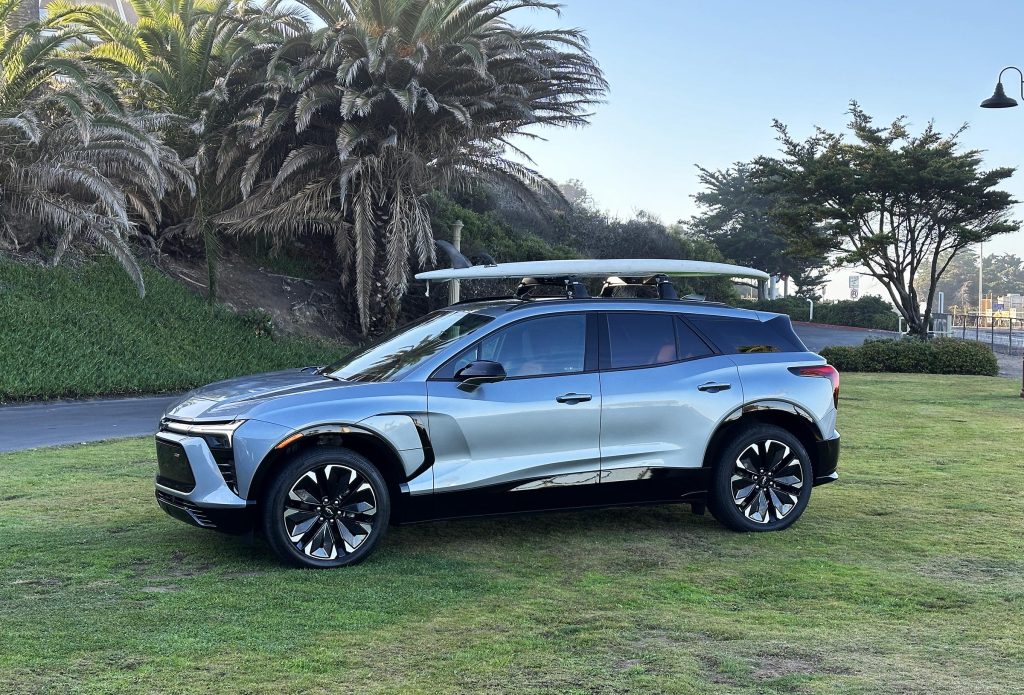

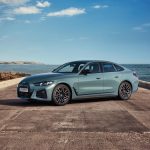
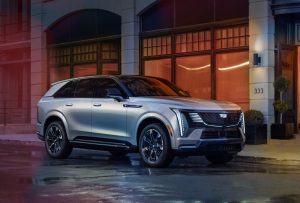




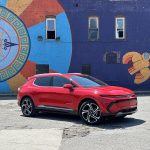
Figures don’t lie, but liars figure.